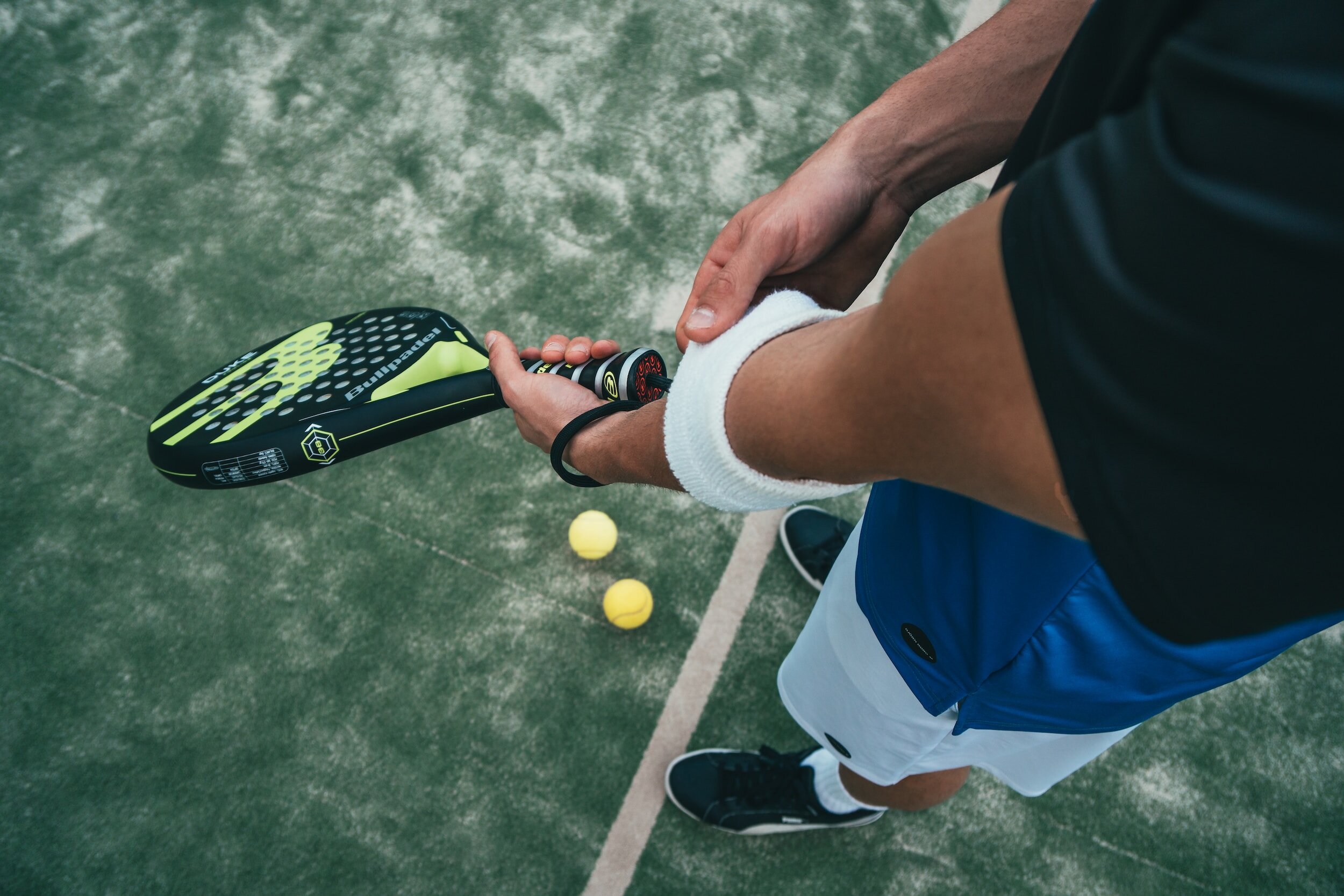Conditions
Elbow, Wrist, and Hand Pain
Elbow, Wrist, and Hand Pains
Elbow, wrist, and hand injuries are common issues usually from repetitive trauma, but sometimes from sudden or postural traumas. Common tissues that are injured and cause pain are muscles, tendons, ligaments, and joints of the forearm, wrist, and hand.
Many elbow, wrist, and hand pains may come and go at first, but due to their repetitive mechanism of injury (often related to repetitive sports, work, or hobbies) often return. It is common for these issues to be chronic and lead to a surprising amount of functional loss during an episode and cumulatively over months to years. Despite their high rate of reoccurrence, many of these issues are very treatable, and often the risk of reoccurrence can be reduced or prevented.
Chiropractic care for these issues involves diagnosis of the primary issue, then treatment options to relieve pain and improve function. Injury treatment varies with the condition, severity, and stage of recovery. Chiropractic treatment usually consists of hands-on soft tissue and joint therapies to relieve pain, and exercise therapies to help rebuild mobility, strength, control, and improve function in the long-term.

Causes of Elbow, Wrist, and Hand Pain
-
Lateral epicondylalgia, also known as tennis elbow, is a common condition where one of the tendons on the outside of our elbow gets irritated with repetitive use. This can lead to both tendinitis (inflamed tendon) or tendinosis (degenerating tendon). It is felt as pain on the outside of the elbow, and is the most common type of elbow pain.
While this happens from tennis for some (usually by slicing), for most people it is from other repetitive activities such as long hours keyboarding or mousing, doing manual labor, weightlifting, and cleaning to name a few.
Chiropractic treatment is very effective when soft tissue therapies are used to reduce tendon irritation on the bony attachment, combined with taping or bracing strategies to help support the tendon throughout the week. In chronic cases, tendon re-building exercises are crucial to allow full healing and reduce chances or re-aggravation.
-
Medial epicondylalgia, also known as golfers elbow, occurs when one of the tendons on the inside of our elbow joint gets either inflamed (tendinitis) or is wearing down chronically (tendinosis). It is felt as pain, swelling, or achiness on the inside of your elbow.
Like tennis elbow, it is not necessarily caused by what it is named after alone. Most of the time golfers elbow involved repetitive activities that flex the wrist (bending the wrist forward) or involve a lot of gripping. Usually irritation happens most often when starting new activities, or rapidly increasing the amount of an existing activity that you do.
Chiropractic treatment is very effective when soft tissue therapies are used to reduce tendon irritation on the bony attachment, combined with taping or bracing strategies to help support the tendon throughout the week. In chronic cases, tendon re-building exercises are crucial to allow full healing and reduce chances or re-aggravation.
-
Many other types of elbow, wrist, and hand tendinitis and tendinosis besides tennis and golfers elbow. Each tendon has the capacity to be irritated or injured, usually with repetitive overuse. Our tendons tend to get less blood supply (ie. less nutrients to remodel and heal) than muscles, so a key to preventing these issues is to pace yourself and go slowly when starting new activities or adding how much you do of existing ones.
Once the issue is there, soft tissue therapy to the muscles that the tendons attach to can be very effective to relieve pressure and pain. In chronic cases, tendon loading exercises are crucial to allow full healing and recovery.
-
Wrist sprains (injury to one or more ligaments) and strains (injury to one or more muscles) are common with sudden traumas like falls on an outstretched hand, or sudden backward movements of the wrist.
These injuries often require more force than tendon issues, and are most often seen with direct or obvious trauma.
Treatment involves soft tissue therapies to relieve symptoms, and exercise therapies to improve blood flow, increase mobility, and rebuild strength depending on the severity of the injury. It is common for sprains/strains to feel better somewhat on their own, but not fully heal with time alone and be vulnerable for re-injury.
-
This condition involves inflammation and irritation to the tendons that attach to the base of the back of the thumb. It is felt as a pain at the base of the thumb when trying to move the thumb or grip things with your thumb and hand.
Like other tendon issues, this most often arises from repetitive overuse. Usually this is from starting a new activity, or doing more of an existing activity. Other times it can simply be from repetitive use of an existing activity over a long time.
Treatment involves soft tissue therapies to relieve pain, and depending on how irritated the issue is exercise therapies may be needed to fully heal a tendon that is wearing down.
-
Osteoarthritis of the hand often occurs in the thumb, as well as the middle and distal joints of our other fingers.
While arthritis cannot be cured, the progression can be managed and symptoms and functional issues can be improved on. This is especially true if arthritis is still mild-moderate.
Treatments from a Chiropractor include soft tissue and joint therapies for short-term relief, with a focus on mobility and strengthening exercises to affected joint(s) with arthritis. Often the stronger the muscles around the joints, the healthier the joint tissue will be and the better it will feel.

